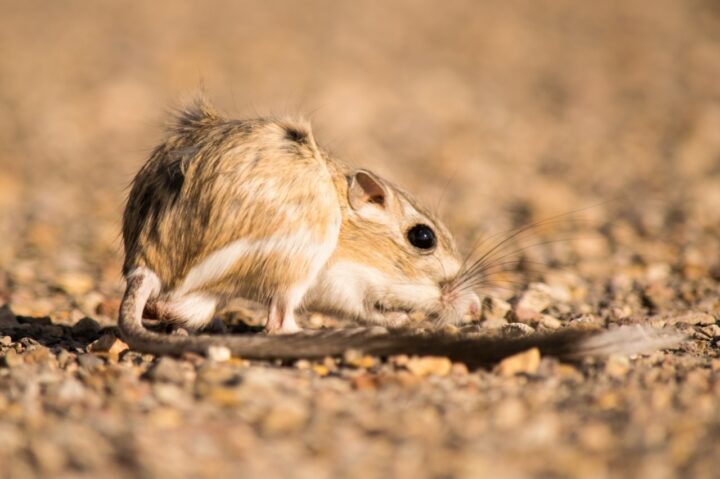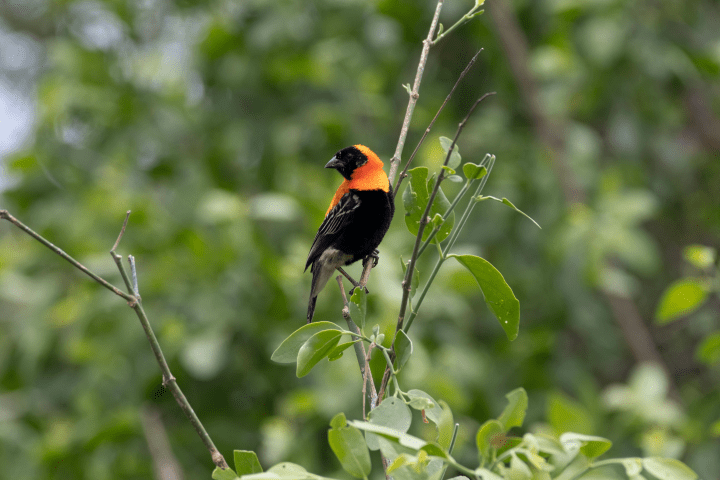Protect From Animals
Animals–organisms that range from microscopic to larger than a bus–embody a wide variety of harms to living systems, including other animals. They threaten through predation, herbivory, defense, and parasitism, and they compete for resources such as water, nutrients, and space. Any given living organism commonly faces threats from a variety of animals, requiring strategies that effectively defend from each. Trout and other bony fish, for example, escape predators by having scales made of very thin, flake-like pieces of bone covered with slippery mucus. They also have behavioral strategies such as camouflage, fast swimming, and twisting and turning to achieve release from a predator’s grip.
Modify Light/Color
Color in living systems comes from pigments and the interaction of light with surfaces. Color serves many purposes for living systems, such as attracting prey or mates, providing warnings, or protecting through camouflage. To create the effects needed for each purpose, living systems must control the expression or visibility of pigments and the interactions (such as reflectance and refraction) of light. To do so, they have strategies that modify color or light to increase or decrease the color’s position, intensity, opacity, and more. Male hummingbirds, for example, have brightly colored feather patches on their throats; the coloring comes from pigments, structures that refract light, or a combination of the two. When a male hummingbird hovers near a potential mate, it modifies the angle of these feathers to create a bright, colorful display. However, when it needs to mute the colors to reduce conspicuousness, such as to avoid a predator, it modifies the angle again.





